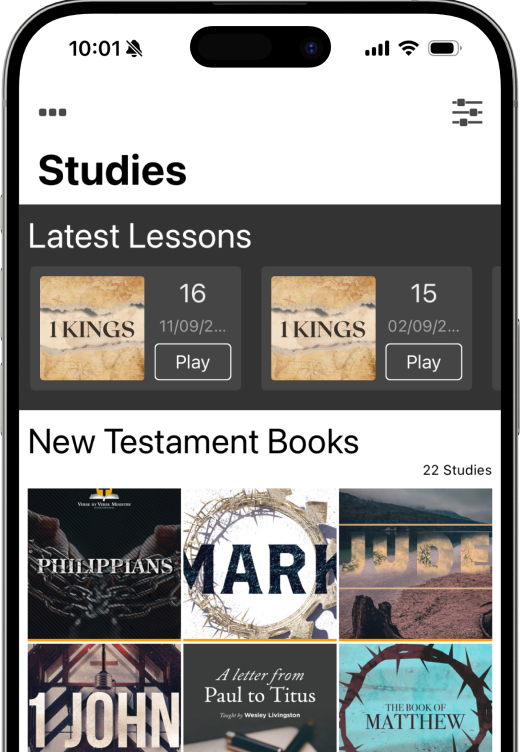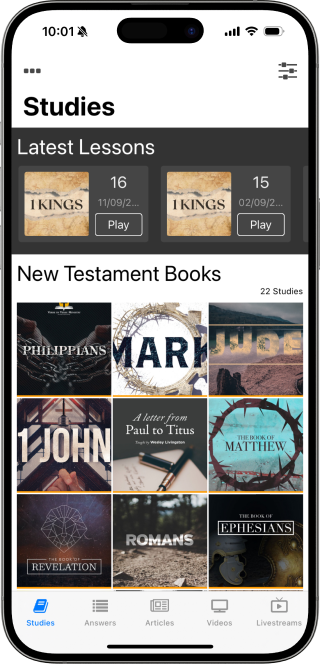What's the best way to point someone from a mid-trib belief to pre-trib?
When trying to point people from a mid-tribulation rapture to pre-tribulation rapture for the church, many people would give you a bunch of scripture (2 Thessalonians 1/2, 1 Thessalonians 4, Matthew 24), which certainly teach a pre-tribulation rapture. But I find it more compelling to talk about things a little bigger, more structural.
The first of those is terminology. Ask them to define some terms for you: The Day of the Lord, the Coming of the Lord. Ask them what they think the Trumpet is that Paul talks about in 1 Thessalonians 2, 2 Thessalonians 4, 1 Corinthians 15. Ask for their definition of wrath when it comes to Tribulation.
What you will find when you ask about these terms is that they have misunderstood most or all of them, and as a result that has led them down a path to thinking we are supposed to endure some of the wrath of tribulation, or that we are supposed to stay on the earth until the trumpet judgments. Or they believe tribulation is a purification time for believers. All of these ideas are misconceptions, which can be cleared up by correcting terminology issues.
The second thing I talk to people about on this issue, is what is the purpose of Tribulation. If you don’t understand why tribulation is in God’s plan, why there are 7 years planned for complete devastation on the earth… if you don’t understand what God is trying to accomplish in that 7 year period, then you can’t possibly understand when or why He would take the church out of the way. But when you do understand the purpose of tribulation, then you are in a position to understand why God removes the church before those 7 years begin.
Other things we can point to are helpful in understanding what it is that God is doing in that time, but much of what we face in terms of these disagreements within the body comes down to ignorance. People have ceased to study the Bible in a methodical way, from front to back. As a result they key in on small sections, isolated from the rest of scripture, and believe that’s a scholarly approach when it is not.
Much like the old Indian poem about 6 blind men coming upon an elephant for the first time. Each of them are touching a different part of the animal, as they cannot take in the whole of the animal, they can only sense a small part of it and so all of them imagine the animal in the wrong way. One thinks it is like a rope because they are holding the tail. One thinks it is like a tree trunk because they are holding the legs. And so on.
That is a good analogy for what happens when we try to study the Bible, only by looking at little sections here and there – we end up seeing it incorrectly as we are not seeing it as a whole.
Additionally, there are pictures or illustrations in the Old Testament of the rapture, including its timing, that help reaffirm you are on the right track when looking at New Testament discussions of the rapture. A favorite is the story of Noah and his experience in the ark as a picture of not only the coming judgment on the earth during tribulation, but also of the rapture beforehand. All of those who were believing (all 8 members of Noah’s family) enter the ark prior to any drop of rain falling. And interestingly, they spend 7 days in the ark before the flood comes. Those 7 days of Noah and his family safe in the ark picture the 7 years the church is off the earth while this world undergoes the turmoil of tribulation.
The story of Ruth also has pictures of the rapture and so on.
There are many places in the Old Testament you can go to see what we are learning in the New Testament, illustrated in a prefigured way and if you get them straight you make everything else much easier. So when you talk to people about these ideas, it is helpful to bring their mind off of the isolated verses and help them to see the bigger picture in the Scriptures.
Scripture quotations taken from the (NASB®) New American Standard Bible®, Copyright © 1995, 2020 by The Lockman Foundation. Used by permission. All rights reserved. www.lockman.org





